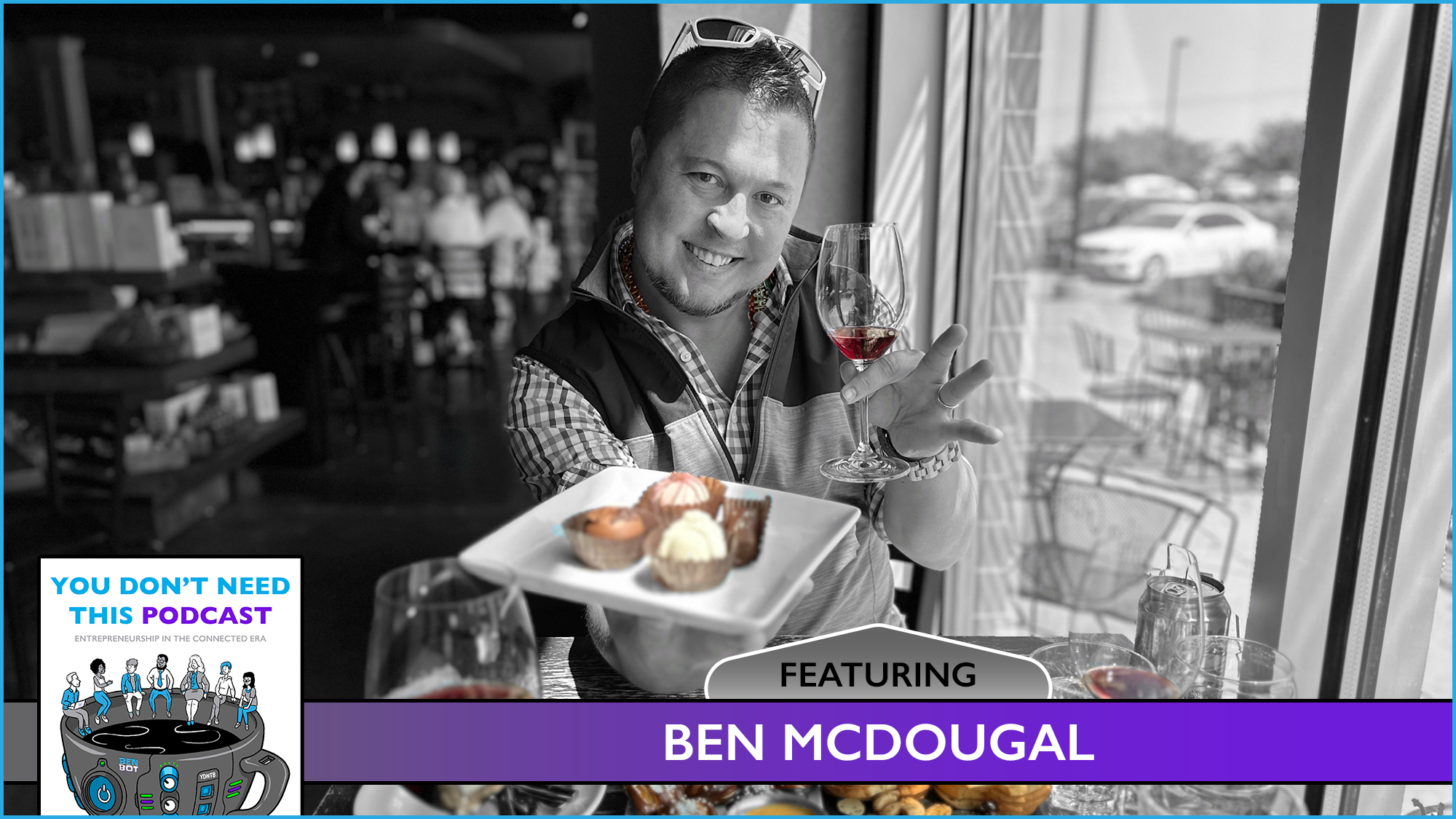Let’s take a lift to the top.
Whether you ski or snowboard, you’re not getting far without the right equipment. Financial modeling is an important technique that helps you simulate different scenarios for your business. Imagine we’ve made it to the top of the snow-covered mountain. There are endless ways to make it down. Similarly, there are endless ways your business can evolve.
Extra Shot
This caffeinated contribution was written by Jeff Erickson. Based in the silicon slopes of Utah, Jeff is an angel investor, experienced advisor, avid skier, and leads partnership development at Forecastr. Forecastr is a financial modeling platform that helps founders forecast revenue, predict runway, and use dynamic insights to get funded.
Having worked with hundreds of early-stage startups, I often hear founders talk about how everyone knows financial projections will be wrong, so why is financial modeling important?
A financial model is a tool to help forecast the financial performance of their company over time. Financial models are generally based on a combination of the company’s historical performance and assumptions about the future. Financial models can be used by entrepreneurs to help make better decisions when raising financial capital and to assess the potential returns of a given venture. Returning to our mountainous metaphor, think of financial models as your map of the snowy terrain. It provides an overview of the area, routes to explore, and dangers to avoid. Similar to a trail map, financial models use numbers to set the scene, then help entrepreneurs determine the speed and direction of their business. Along the way, they also help identify potential risks and optimize how different types of resources are used.
As a startup founder, it’s important to understand why investors ask for financial models. A financial model is essentially your roadmap for the future and it gives investors an understanding of how you plan to generate revenue and scale up over time. Having a solid financial model demonstrates that you have done research into the market, understand potential risks and opportunities, and have thought through the key drivers for success in your business. Ultimately, your financial model helps investors see how you think about your business and whether you understand the levers that matter. It also gives them confidence when they see that you know how to strategically allocate the money they may invest and that you know how to project and manage cash flow.
Most investors speak in the language of finance. Terms like run rate, CAC, LTV, runway and burn rate are common vernacular. Going through the process of building your financial model helps you learn, decipher and understand this language of finance. A shared understanding will help you more effectively work with investors. A common mistake for many founders is thinking that it’s you and your financial model versus the world. Instead of falling in love with your assumptions, consider how you can work with potential investors, by using the financial model to analyze various scenarios. When founders can cruise down the mountain with investors, while explaining different scenarios in real-time, strategic partners will get excited about taking the lift back up for another run.
Ready to create a financial model that’s useful? Most models have historically been built in spreadsheets, but new software tools, such as Forecastr, make it easier for companies to create financial models. Entrepreneurs need to be aware of the changing terrain in order to make the best decisions for their evolving business. Let’s avoid the trees and carve out a few key steps that will land you in a position to know the numbers.
Define
Before you can create a financial model, it is important to define the company’s business model, revenue streams, and financial objectives. This understanding will help determine how you structure your assumptions in order for the projections to accurately reflect what could realistically happen with your startup.
Gather
Once you define company goals, gather historical data relevant to creating accurate projections for your startup’s future performance. This includes information such as past sales, costs associated with running operations, generating revenue, customer acquisition, and any other financial data that may help tell the story of your business.
Build
Using qualitative (e.g., industry trends) and quantitative (e.g., past results) data points, begin building out realistic assumptions to drive your financial model. Here are templates for a jump start! Begin with customer acquisition (e.g., paid ads, partner referrals, reseller channels, sales outreach, etc.). Next, build out assumptions around revenue streams. Consider all the ways you can make money by adding value to your customers (e.g., advertising revenue, product sales, services, etc.). Now you’re ready to build out assumptions in regards to building a team, then focus on projecting the changes in your operating expenses based on the company’s performance. Finally, consider any required expenses to scale your business and how you plan to finance the overall venture.
Validate
With all your initial assumptions in a financial model, it’s important to track the accuracy of your assumptions each month and update the numbers based on actual data. As metrics are consistently tracked over time, your financial model becomes more accurate and reliable. You will notice trends in customer acquisition, identify the most profitable revenue streams, and monitor your expense projections. Additionally, you will be able to run different scenarios using your financial model to help you confidently make better decisions in running your business.
Extra Shot
I hope you’ve enjoyed this month’s theme, dedicated to early moves that help anyone avoid that new business idea from floating toward someday! As you compile the various resources you’ve created into an investor pack, you’ll be astonished at how well you understand your new venture. As you stay committed, the self awareness brews confidence from true understanding and others will be even more excited to join you.
